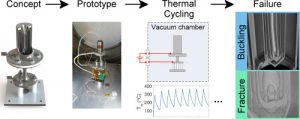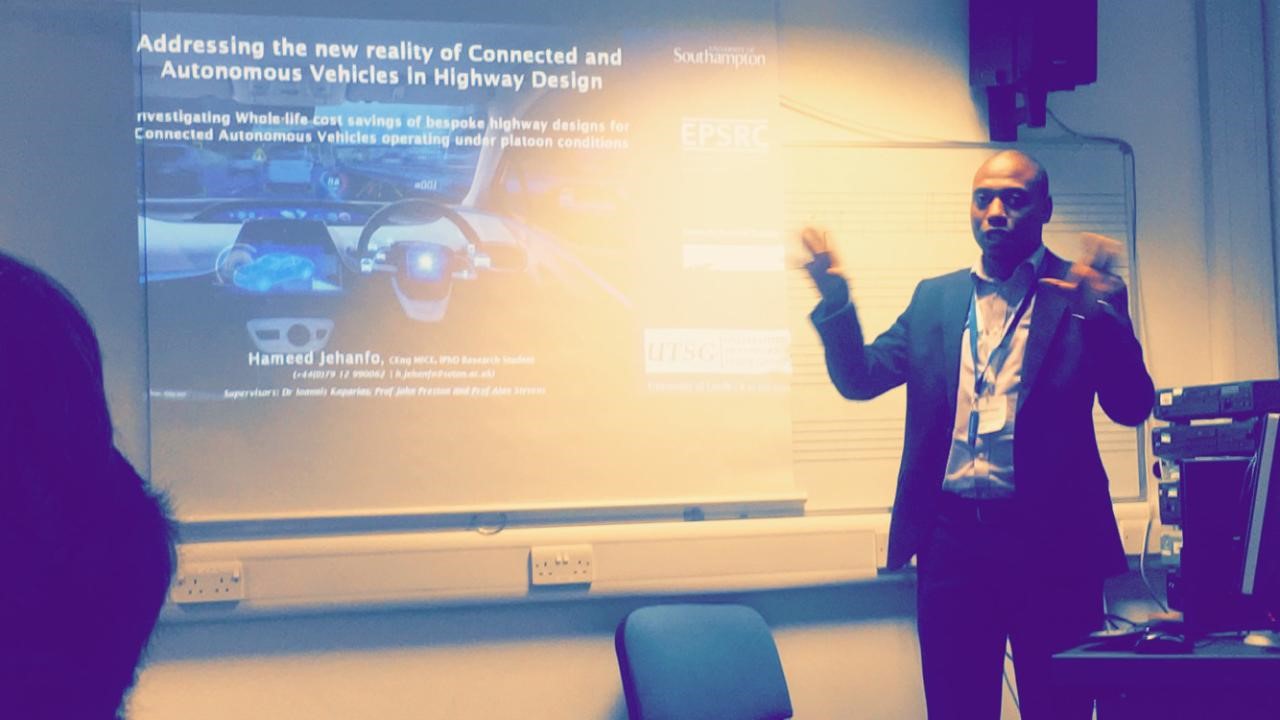Doctoral Thesis
Diego Panici,
Supervisor: Dr Gustavo De Almeida
The accumulation of large wood debris at bridge piers obstructs the flow, producing increased upstream water levels, large horizontal structural loadings, and exacerbated scour. These effects have frequently been held responsible for the failure of a large number of bridges around the world, as well as for increased risk of flooding of adjacent areas. Yet, little is known about the formation and growth of these debris piles. This thesis is aimed at deciphering the whole life of debris accumulations through an exhaustive set of 732 experiments in which debris elements were individually introduced into a flume and accumulated at a pier model downstream. In all experiments the growth of debris accumulations was observed to stop at a critical stage, after which the jam is removed from the pier by the flow. This condition typically coincides with the time when the dimensions of the accumulations are maxima. The values of the jam maximum size display a clear dependence on flow characteristics and debris length distribution, whilst other variables (such as pier diameter, debris diameter, debris density, water depth, pier shape) have shown much weaker effects. For a given debris length, accumulations are wide, shallow, and long at low flow velocities but become narrower, deeper, and shorter with increasing velocities. A comparison of accumulations formed with debris of uniform and non-uniform size distributions has revealed that the former can be up to 2.5 times wider than the latter. The effect of the shape of debris pieces was also studied by using cylindrical dowels, unbranched sticks and single-branched sticks. The maximum size of debris piles formed by idealised cylindrical debris is smaller than that of jams formed by natural wood of irregular shape. Experiments with branched debris resulted in jams significantly smaller and less stable than those with nonbranched sticks. On the base of the experimental results, a mechanistic theoretical model of idealised jam geometry and a reduced set of dynamic actions was developed through conservation of angular momentum. The resulting system of ODEs was studied in the phase plane, which revealed that the failure of the accumulation depends on both planar asymmetry and ratio between the length of the jam and the extension downstream of the pier, defined as tail. The former is necessary for any jam to fail, and higher asymmetries lead to less stable jams; the latter provides stability for large tails and small lengths, but yields instability when the ratio is reduced.
Results from this thesis will pave the way for practical applications in bridge engineering and
flood risk assessments, and inform future research about debris jams at bridge piers.




